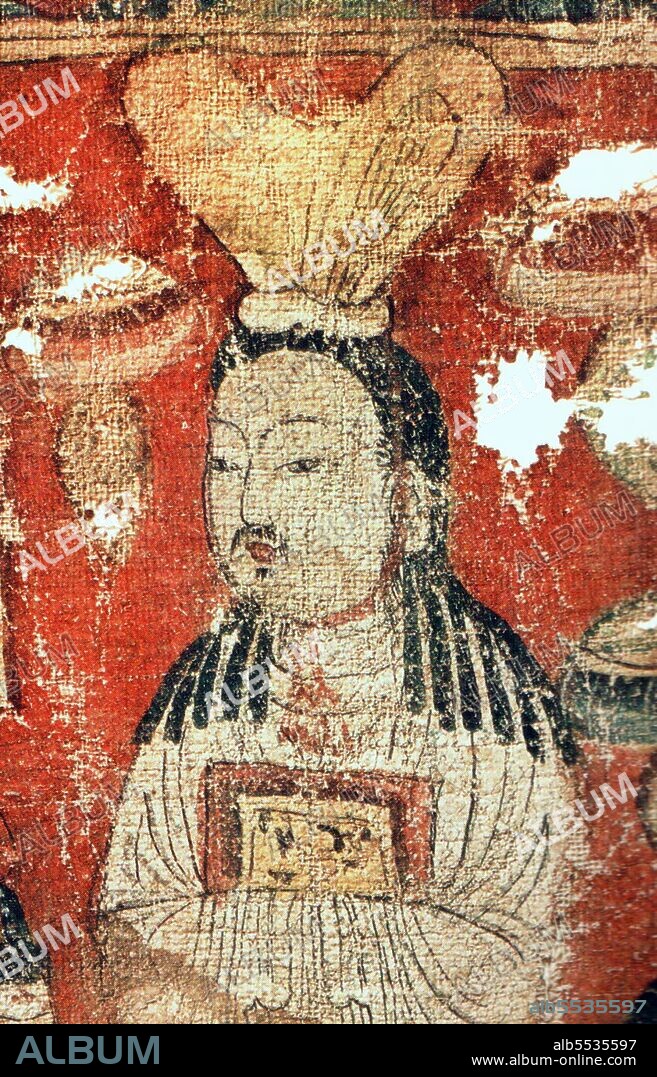alb5535597
China: A Manichaean donor, or possibly the prophet Mani. Bezeklik Thousand Buddha Caves, Turfan, Xinjiang, c. 8th-9th century.

|
Add to another lightbox |
|
Add to another lightbox |



Title:
China: A Manichaean donor, or possibly the prophet Mani. Bezeklik Thousand Buddha Caves, Turfan, Xinjiang, c. 8th-9th century.
Caption:
Mani (c.216–276 CE), of Iranian origin, was the prophet and the founder of Manichaeism, a gnostic religion of Late Antiquity which was once widespread but is now extinct. Mani was born in or near Seleucia-Ctesiphon in Asuristan (Assyria), at the time still part of the Parthian Empire. Six of his major works were written in Syriac Aramaic and the seventh, dedicated to the king of the empire, Shapur I, was written in Middle Persian. He died in Gundeshapur, under the Sassanid Empire.
Credit:
Album / Pictures from History/Universal Images Group
Releases:
Model: No - Property: No
Rights questions?
Rights questions?
Image size:
3272 x 5100 px | 47.7 MB
Print size:
27.7 x 43.2 cm | 10.9 x 17.0 in (300 dpi)
Keywords:
ANT. OR.: IRAN • ART • ARTS • ASIA PICTURES • ASIA • ASIAN IMAGE • ASIAN IMAGES • ASIAN PICTURES • ASIAN • BEZEKLIK • BODHISATTVA • BUDDHIST • CHINA • CHINE • CHINESE • HISTORIA UNIVERSAL • HISTORICAL IMAGES • HISTORICAL PICTURES • HISTORICAL • HISTORY IMAGES • HISTORY PICTURES • HISTORY • IRAN • IRANIAN • LEGEND • MANI • MANICHAEAN • MANICHAEISM • MANICHAISM • MANICHEAN • MUSLIM WORLD • MYTH: PERSIAN • PAINT • PAINTING • PERSIA • PERSIAN ART • PERSIAN MYTH • PERSIAN • PORCELAIN • PROPHET • RELIGION • SAN JIAO • SASSANIAN • SASSANID • SILK ROAD • SILK ROUTE • SINKIANG • TURFAN • TURPAN • UNESCO CHINA • UNESCO WORLD HERITAGE SITE • XINJIANG
 Pinterest
Pinterest Twitter
Twitter Facebook
Facebook Copy link
Copy link Email
Email

